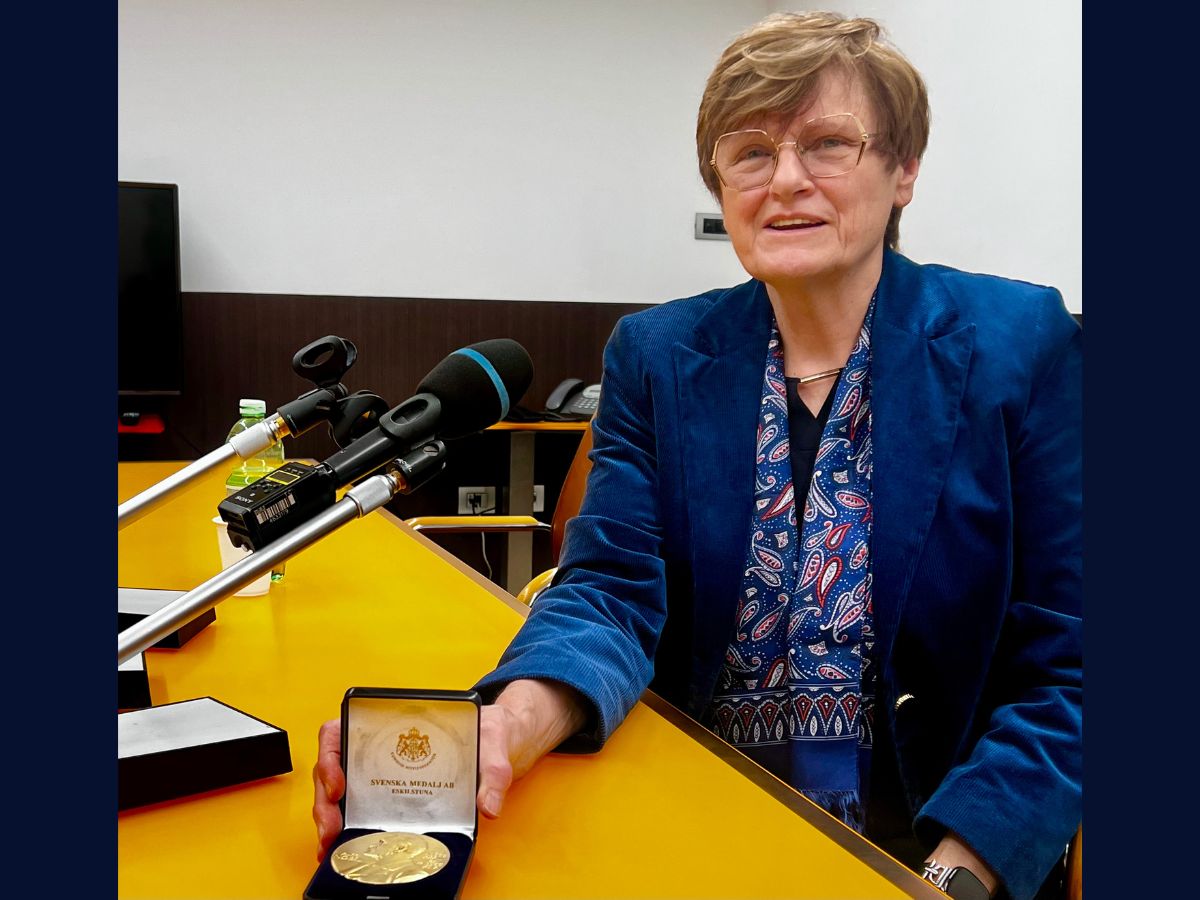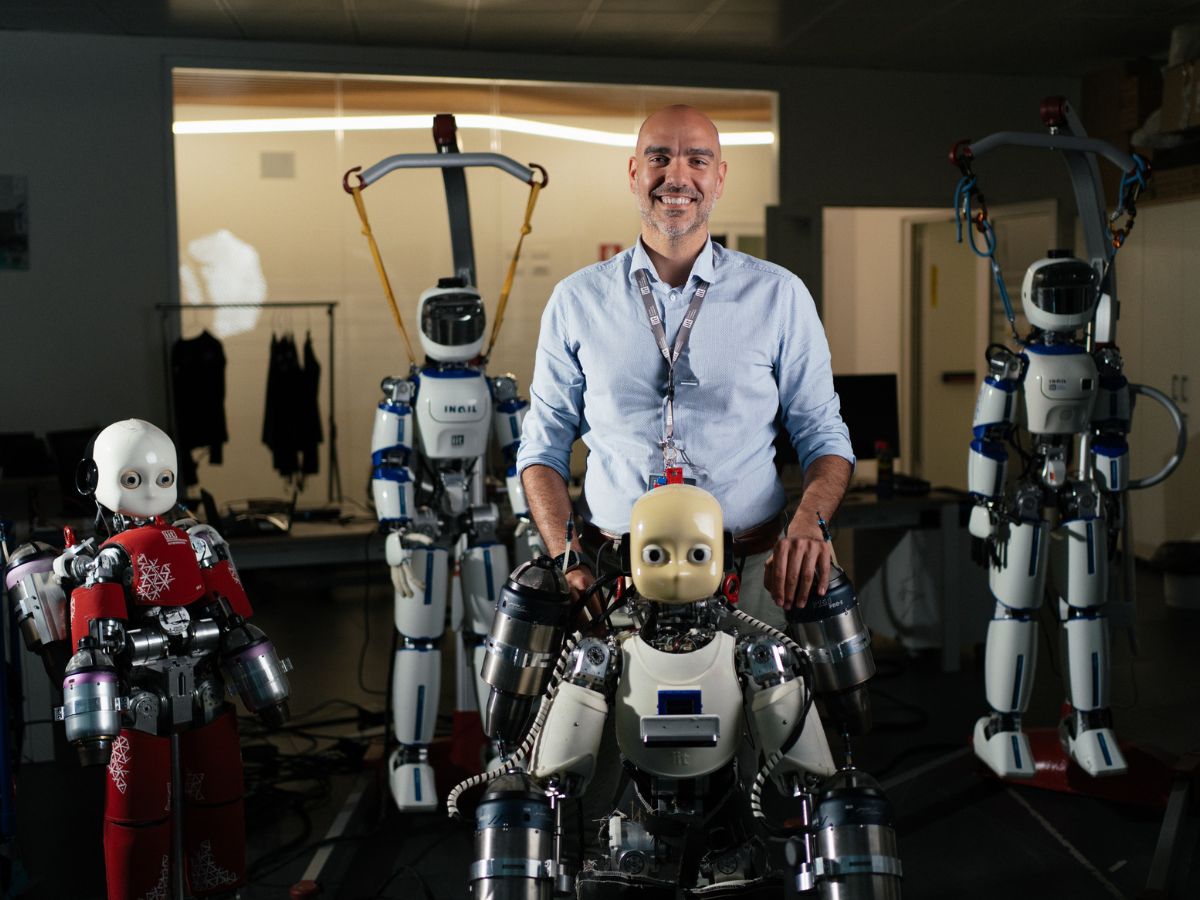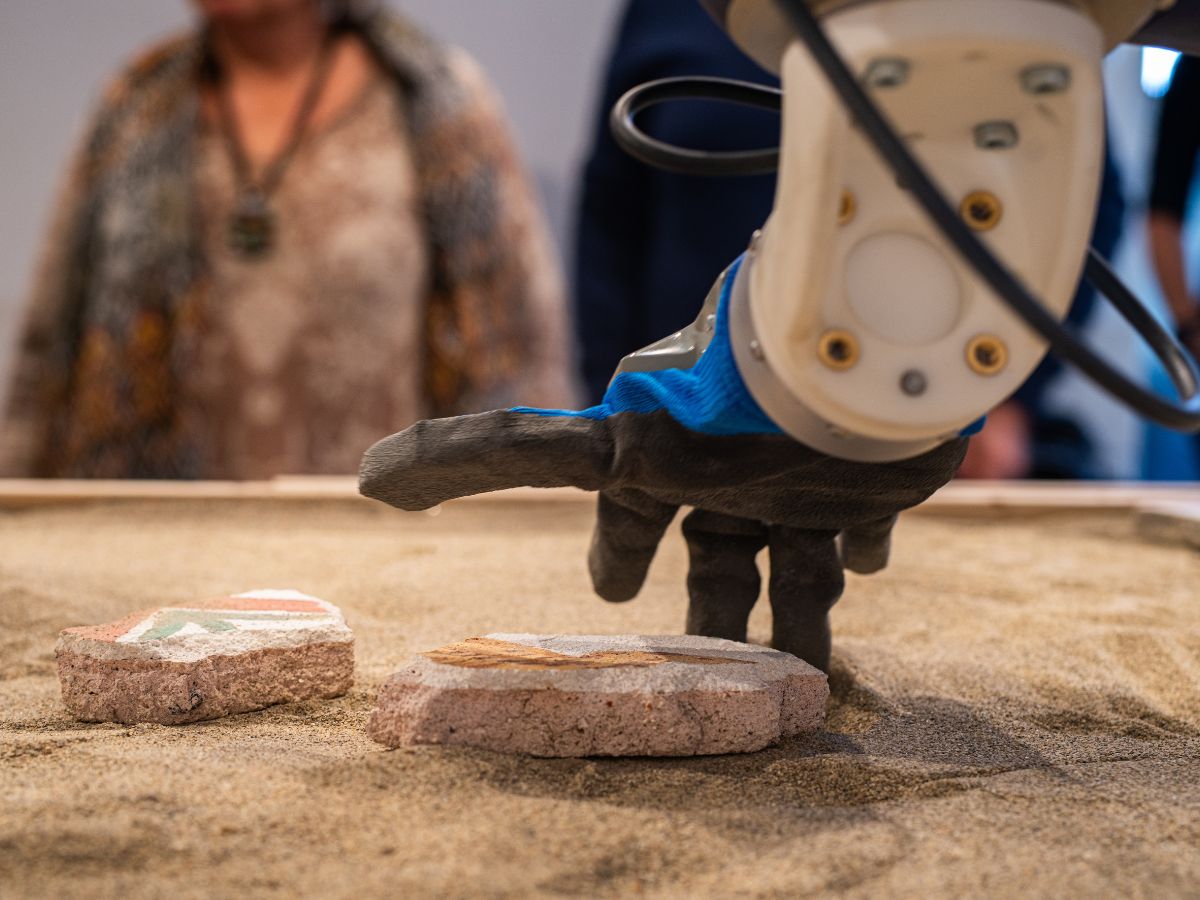A machine-learning algorithm hunts for brain-damaging proteins
A research group led by Gian Gaetano Tartaglia, Principal Investigator at the Italian Institute of Technology (IIT), developed a machine-learning algorithm to study the behavior of proteins within cells and to predict their ability to trigger neurodegenerative diseases such as Amyotrophic Lateral Sclerosis (ALS), Parkinson’s, and Alzheimer’s. The algorithm, called catGRANULE 2.0 ROBOT, helps identify molecular targets for further researches and therapies; it is described in a recent article published in the journal Genome Biology.
Neurodegenerative diseases are a significant health challenge with major socio-economic outcomes: in Italy, an estimated 1 million people are affected, and a typical patient costs about seventy thousand euros in average. The group led by Tartaglia is studying the chemical-physical behavior of some proteins linked to the onset of these diseases.
In the cellular environment, these proteins have the ability to create biomolecular condensates, highly entangled clumps that, under certain conditions, become insoluble in water. In a not affected organism, this process is functional to manage the production of other proteins and to respond to cellular stress, but an alteration of the condensation mechanism can cause a pathological state to arise: the protein clumps become solid structures that accumulate in cells and lead to their death. Examples of these toxic aggregates are Lewy bodies in Parkinson’s, accumulation of filaments in the motor neuron linked to ALS, and amyloid plaques related to Alzheimer’s.
The transition from a healthy situation to a disease is often due to changes in the protein structure: a new structure may transform biomolecular condensates in solid aggregates. Under the supervision of Tartaglia, IIT post-docs Michele Monti and Jonathan Fiorentino have developed an algorithm named catGRANULE 2.0 ROBOT (acronym for Ribonucleoprotein Organization in Biocondensates Organelle Types). This machine-learning tool explores the link between mutations of protein structures and the formation of condensates; the software can trace potentially harmful proteins, identifying molecular targets for further researches and therapies.
“The identification of biochemical signals related to neurodegenerative diseases is crucial for early interventions and to slow down cognitive decline,” research coordinator Gian Gaetano Tartaglia, explains, “We have trained our system to recognize the formation of condensates, which in many cases is an initial step for the formation of toxic aggregates. A key contribution to this event is protein-RNA interaction.”
The physical-chemical mechanism that leads to the formation of biomolecular condensates is the liquid-liquid phase separation and some proteins have a three-dimensional structure suitable to favor this process. RNA also regulates the formation of these clumps: its interaction with proteins facilitates or inhibits phase separation.
The research group has focused its attention on RNA-protein interaction and has trained catGRANULE 2.0 ROBOT to use this parameter to determine if a biomolecular condensate has the potential to occur. The machine-learning algorithm studies the structure of a protein, analyzing its amino acidic sequences and considering its affinity for RNA. Thanks to this analysis, researchers can determine if the protein could generate toxic condensates when it undergoes phase separation. With the ROBOT method, researchers study the influence of mutations on liquid-liquid separation: if a change on structure modifies protein-RNA interaction, it can lead to pathological consequences, because it alters the formation of condensates.
This study is conducted within the framework of the IVBM-4PAP project, coordinated by the Italian Institute of Technology, which aims to develop the In-Vivo Brillouin Microscope (IVBM), a tool to identify new therapeutic targets for neurodegenerative diseases treatment. IVBM will measure the properties of proteins and condensates inside living cells, without external interventions. catGRANULE 2.0 ROBOT is the computational basis on which the research consortium is developing the project: it provides theoretical predictions on which proteins and mutations could be relevant. Researchers will use the microscope to verify the calculations, observing the cell, the real time behavior of proteins and their interaction with RNA.
Integrating the computational work of the algorithm with experimental activities set up at the microscope, researchers have a tool to identify early pathological signals and to develop new therapeutic strategies that slow down the progression of neurodegenerative diseases. This strategy could help reducing their long-term impacts.
—
The IVBM-4PAP consortium is composed of the Center for Life Nano and Neuro-Science and the RNA Systems Biology Lab of the Italian Institute of Technology, the University of Trento, Universidad Zaragoza, the ImHorPhen group of Angers University, and the company Crest Optics.
The catGRANULE 2.0 ROBOT algorithm is available at the following link





